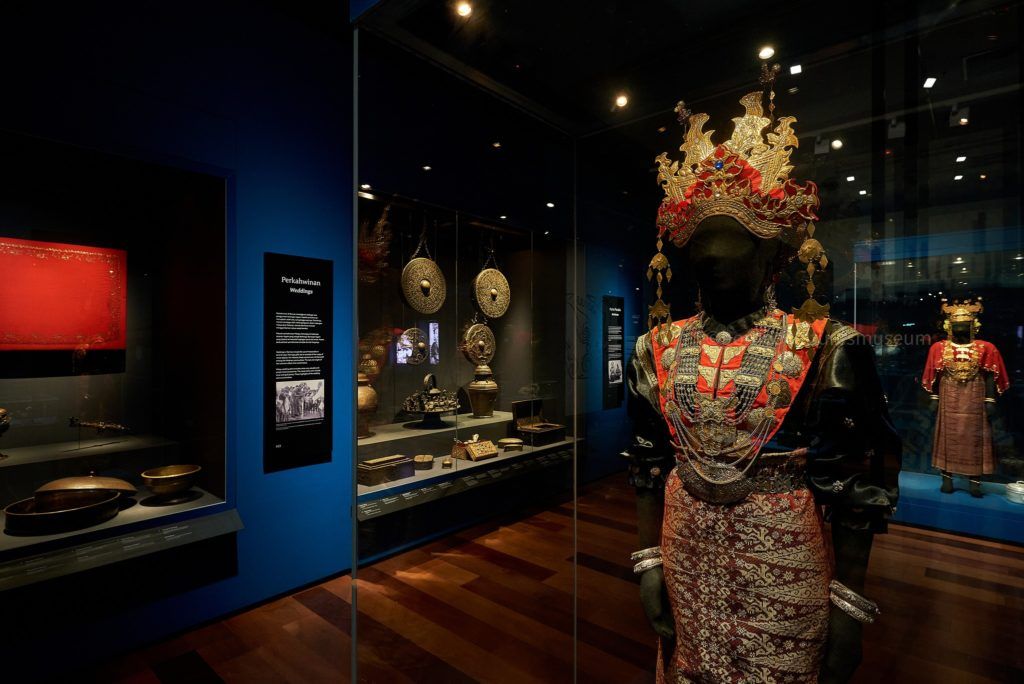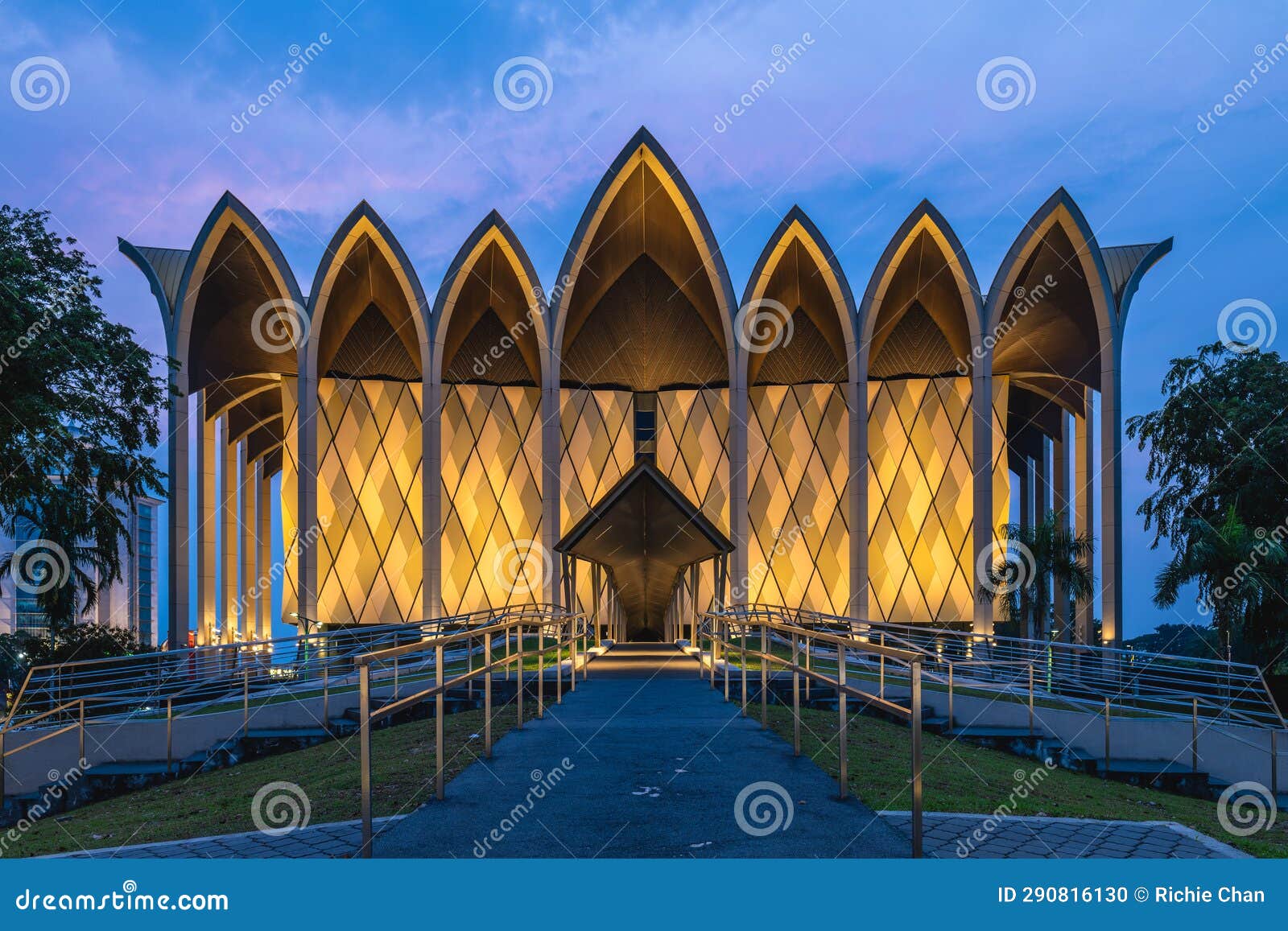Borneo Cultures Museum: Portal to Indigenous Knowledge
Borneo Cultures Museum: Portal to Indigenous Knowledge
Blog Article
Look Into the Remarkable Globe of Borneo's Cultural Heritage: A Comprehensive Guide to the Cultures Museum Experience
Submersing oneself in the intricate tapestry of Borneo's social heritage belongs to starting a trip via time and practice. The combination of indigenous people, conventional handicrafts, exciting efficiencies, and historical stories housed within the confines of the island's museums provides a glimpse right into a globe including dynamic customs and profound traditions. As visitors go across with these repositories of society, they are bid to explore a realm where past and existing intermingle, inviting reflection on the resilience and richness of Borneo's diverse heritage.
Aboriginal Tribes of Borneo
Borneo is home to over 50 indigenous tribes, each with special cultural techniques and practices that have been preserved for generations. Amongst these people are the Iban, understood for their complex tattoos and traditional longhouses where several households stay. The Dayak people, one more noticeable group, participate in fancy spiritual events and are proficient artisans, crafting detailed wood carvings and woven textiles. The Penan people, on the other hand, are nomadic hunter-gatherers with a deep connection to the rain forest, making use of blowpipes for hunting and gathering wild plants for nutrition.
These indigenous people play a crucial function in keeping Borneo's rich social tapestry. Visitors to Borneo have the opportunity to engage themselves in the distinct lifestyles of these people with social tours, homestays, and community-based tourist initiatives.
Traditional Inventions and Artefacts

One popular instance of conventional inventions in Borneo is the manufacturing of woven goods - Borneo Cultures Museum. Knowledgeable weavers utilize all-natural fibers like bamboo, pandan, and rattan leaves to develop complex baskets, floor coverings, and devices adorned with colorful patterns that hold symbolic meanings within the community
The art of woodcarving is another significant element of Borneo's typical inventions. Artisans sculpt elaborate layouts into different kinds of timber to create masks, sculptures, and music instruments that not only serve functional purposes however likewise hold social value, often illustrating mythology or spiritual ideas.
Additionally, Borneo is renowned for its beadwork, with craftsmens meticulously crafting beads from materials like glass, seeds, and coverings to develop fashion jewelry, clothing decorations, and attractive things that display the region's vivid visual traditions. These standard handicrafts and artefacts not only act as substantial expressions of Borneo's cultural heritage yet likewise give understandings right into the communities' ideas, worths, and means of life.

Social Performances and Festivals
With an ingrained link to their social practices, the areas in Borneo come active with vivid social efficiencies and celebrations that celebrate their heritage. These occasions display the rich diversity of Borneo's ethnic groups, each offering distinct dances, music, and rituals that have actually been passed down with generations. One of the most prominent celebrations is the Gawai Dayak, commemorated by the Dayak individuals to note the rice gathering season. During this festival, conventional songs fills up the air, intricate dancings are done, and elaborate traditional costumes are worn. An additional considerable occasion is the Pesta Kaamatan, celebrated by the Kadazandusun neighborhood to offer thanks for the rice harvest. This festival includes cultural efficiencies, consisting of the Sumazau dancing, and traditional sports like the bamboo Borneo Cultures Museum dancing. Site visitors to Borneo can submerse themselves in these celebrations, acquiring a much deeper understanding of the region's social heritage and experiencing the warm friendliness of its people. Cultural performances and events offer as a dynamic pointer of Borneo's rich cultural tapestry and the value of maintaining these practices for future generations.
Historical Stories and Artifacts
Checking out the historical narratives and artefacts of Borneo provides a fascinating peek into the region's abundant past and social evolution. Borneo's historical tapestry is woven with varied influences, reflecting the interactions between indigenous people, Chinese traders, European colonizers, and Malay sultanates. The artifacts found in Borneo display this complex background, varying from traditional crafts like elaborate beadwork and woodcarvings to archaeological prizes such as old pottery and tools.
One of the most compelling facets of Borneo's historical stories is the conservation of oral customs passed down through generations. These tales supply understandings into the ideas, custom-mades, and daily lives of Borneo's occupants throughout the centuries. The artifacts uncovered from archaeological sites provide substantial connections to these narratives, allowing visitors to witness the product culture of past societies firsthand.
Contemporary Cultural Conservation Efforts

Furthermore, educational programs and cultural exchange activities play an important role in elevating recognition concerning the relevance of maintaining Borneo's special cultural heritage. By involving institutions, galleries, and the broader area in conversations and activities that celebrate Borneo's varied cultures, preservation initiatives can obtain energy and assistance for long-term sustainability. Partnerships in between governmental bodies, charitable organizations, and local areas are essential in driving these preservation endeavors forward, ensuring that Borneo's abundant cultural heritage continues to be vivid and treasured for generations ahead.
Final Thought
Finally, the social heritage go to the website of Borneo is abundant and diverse, with aboriginal tribes, typical inventions, cultural efficiencies, festivals, historic stories, and contemporary conservation initiatives all adding to its originality and relevance. Visitors to Borneo's cultural galleries can acquire a much deeper understanding and gratitude of the area's cultural heritage, permitting an extra immersive and enlightening experience.
Submersing oneself in the detailed tapestry of Borneo's cultural heritage is similar to embarking on a voyage via time and tradition.With a deep-rooted link to their social traditions, the neighborhoods look at here now in Borneo come active through dynamic social efficiencies and festivals that celebrate their heritage. Social efficiencies and festivals serve as a lively tip of Borneo's rich social tapestry and the relevance of preserving these traditions for future generations.
Moreover, instructional programs and cultural exchange activities play a critical duty in increasing understanding concerning the relevance of preserving Borneo's unique social heritage. Partnerships in between governmental bodies, non-profit companies, and regional areas are crucial in driving these preservation ventures onward, ensuring that Borneo's rich cultural heritage remains dynamic and cherished for generations to come.
Report this page